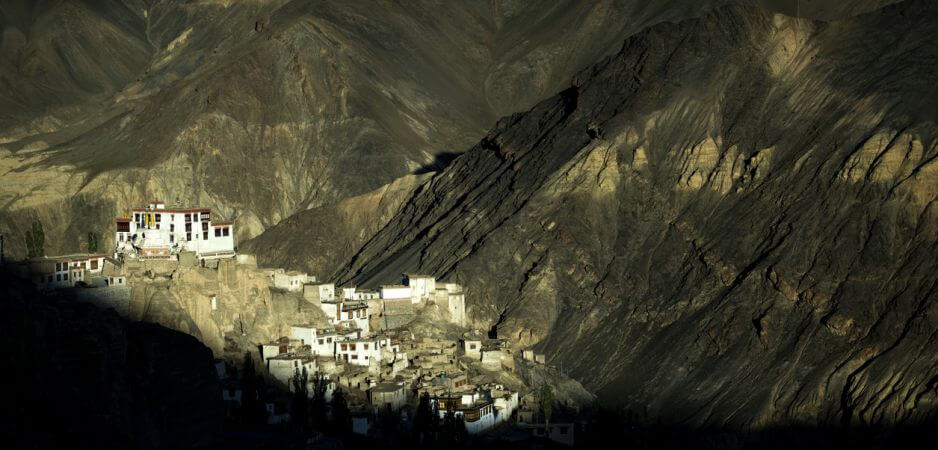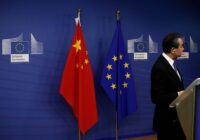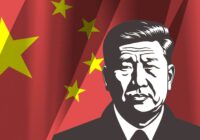Can the China-Pakistan Economic Corridor lead to a solution of the Kashmir crisis?
After entering office, a good part of Indian Prime Minister Narendra Modi’s energy during his whirlwind international tours was spent trying to convince world leaders that Pakistan was a terrorist state in order to isolate it. So, when China held the One Belt One Road (OBOR) summit on May 14, which had leading countries of the international community in attendance, it was India that isolated itself by not participating. Pakistan was the center of attention as the China-Pakistan Economic Corridor (CPEC) is an important initiative of the OBOR strategy, an effort to link the economies of Asia and Europe.
Before the summit, Modi paid a visit to Sri Lanka in an effort to keep the island nation on India’s side. The shared Buddhist heritage was highlighted as the meeting took place during a big Buddhist festival. Modi invoked Buddha’s message of peace as an answer to growing violence. However, this did not prevent Sri Lanka — or for that matter Bangladesh and Nepal — from participating in the OBOR summit, indicating the influence that Beijing has over these countries. China, in fact, used the concept of Buddhist globalization to gain support for its economic project. It can be anyone’s guess as to who will be more successful in mobilization using the Buddhist identity: Narendra Modi or Xi Jinping?
India boycotted the summit as it objected to CPEC being built through the Pakistan-occupied Kashmir, which it considers as its territory. By not participating in the conference, however, it is unclear as to how India thought it could stop the joint China-Pakistan project. If anything, New Delhi should have used the opportunity to put forth its point of view in front of the assembly.
AN AUTONOMOUS KASHMIR
A line of control (LoC) that separates Indian- and Pakistani-controlled regions of Kashmir was designated in 1972. Given the balance of power, it is unlikely that Indian or Pakistani ambition of controlling the whole of Kashmir is going to be realized anytime soon. A proposed solution is to freeze the LoC as the international border. In 2005, then-Indian Prime Minister Manmohan Singh proposed the idea of a borderless Kashmir. This implied a unified region under the joint administration of India and Pakistan.
Considering the strong aspiration for azadi (freedom) among the Kashmiris, the best solution would probably be a respectable degree of autonomy for Kashmir in a mutually-agreed framework between New Delhi and Islamabad.
The building of CPEC may not be a bad idea at all, because it will expand the number of countries that will now have an interest in a peaceful Kashmir. China can play the role of a mediator between India and Pakistan to resolve the Kashmir conflict and work out a joint arrangement under which Kashmir would participate in the economic project as an equal partner. The approval of the Kashmiris is necessary before any project is implemented on their land.
This should not be seen as India giving up its claim to the whole of Kashmir. For one thing, Pakistan would also have to give up its similar claim.
Moreover, in the increasing sensitivity toward human rights globally, the rights of Kashmiris cannot be subsumed under Indian or Pakistani ambition. New Delhi and Islamabad cannot hope to govern Kashmir with the help of their respective armies forever. The deadlock that continues to persist for 70 years must end so that Kashmiris get a chance to live a normal life. An entire generation has grown up in Kashmir that knows nothing about what life is like without the presence of security forces. Kashmiris deserve a better deal.
KASHMIR, TIBET AND BALUCHISTAN
In fact, CPEC can help create an atmosphere in which the animosities between India and China and between India and Pakistan can end when these countries have better economic ties. All governments since the economic policies of globalization, privatization and liberalization were implemented have been trying to attract investment. Additionally, Modi has been trying to boost manufacturing as part of his Make in India strategy. Now, India has an opportunity to be part of a regional economic forum, but it is trying to shut itself out.
 If China takes the initiative, supported by Russia, then a Europe-like model can be created in Asia where the economic union would make the requirement of passports and visas across borders redundant. Needless to say, it would ease the pressure on defense budgets, and loss of life in low-intensity warfare between India and Pakistan would end too. Most importantly, Kashmiris would heave a sigh of relief.
If China takes the initiative, supported by Russia, then a Europe-like model can be created in Asia where the economic union would make the requirement of passports and visas across borders redundant. Needless to say, it would ease the pressure on defense budgets, and loss of life in low-intensity warfare between India and Pakistan would end too. Most importantly, Kashmiris would heave a sigh of relief.
Once the issue of Kashmir is resolved, other disputes between India and China would have to be resolved too. China has laid claim to Tibet much like the Indian or Pakistani claims over Kashmir. However, Tibetans consider themselves to be an independent country and have a government in exile in India. Being a democracy, human rights violations in Kashmir are easily reported in India, but that is not the case with Tibet. The non-democratic government of China has been involved in the brutal suppression of people’s aspirations in Tibet. How long can this go on in a modern, globalized world?
China would have to be ready to give up its claim on Tibet if India and Pakistan do the same for Kashmir. An autonomous Tibet and Kashmir would bring happiness for its people. China would also have to give up its claim to the northern Indian state of Arunachal Pradesh, as there is no aspiration for autonomy or independence in this region unlike Kashmir and Tibet.
In a similar vein, Pakistan would have to grant autonomy to Baluchistan, an issue that Modi raised briefly but dropped due to some inexplicable reason.
With these regional aspirations duly addressed, peace could return to South Asia.
The views expressed in this article are the author’s own and do not necessarily reflect Fair Observer’s editorial policy.
Photo Credit: Guenterguni
Support Fair Observer
We rely on your support for our independence, diversity and quality.
For more than 10 years, Fair Observer has been free, fair and independent. No billionaire owns us, no advertisers control us. We are a reader-supported nonprofit. Unlike many other publications, we keep our content free for readers regardless of where they live or whether they can afford to pay. We have no paywalls and no ads.
In the post-truth era of fake news, echo chambers and filter bubbles, we publish a plurality of perspectives from around the world. Anyone can publish with us, but everyone goes through a rigorous editorial process. So, you get fact-checked, well-reasoned content instead of noise.
We publish 2,500+ voices from 90+ countries. We also conduct education and training programs
on subjects ranging from digital media and journalism to writing and critical thinking. This
doesn’t come cheap. Servers, editors, trainers and web developers cost
money.
Please consider supporting us on a regular basis as a recurring donor or a
sustaining member.
Will you support FO’s journalism?
We rely on your support for our independence, diversity and quality.






